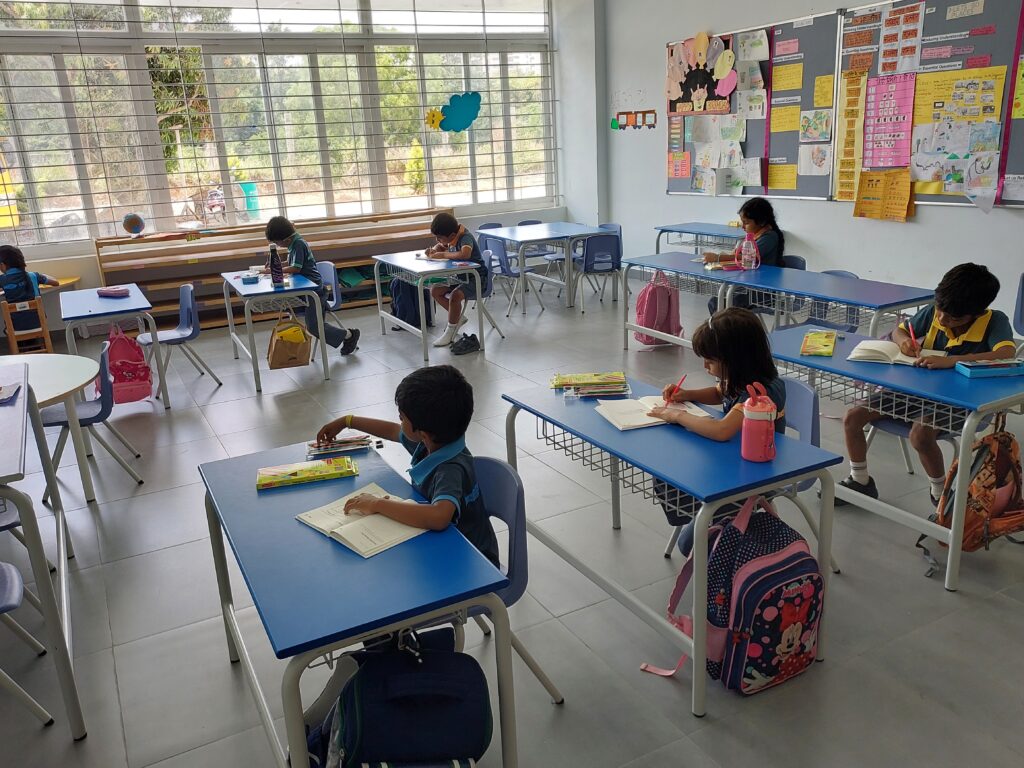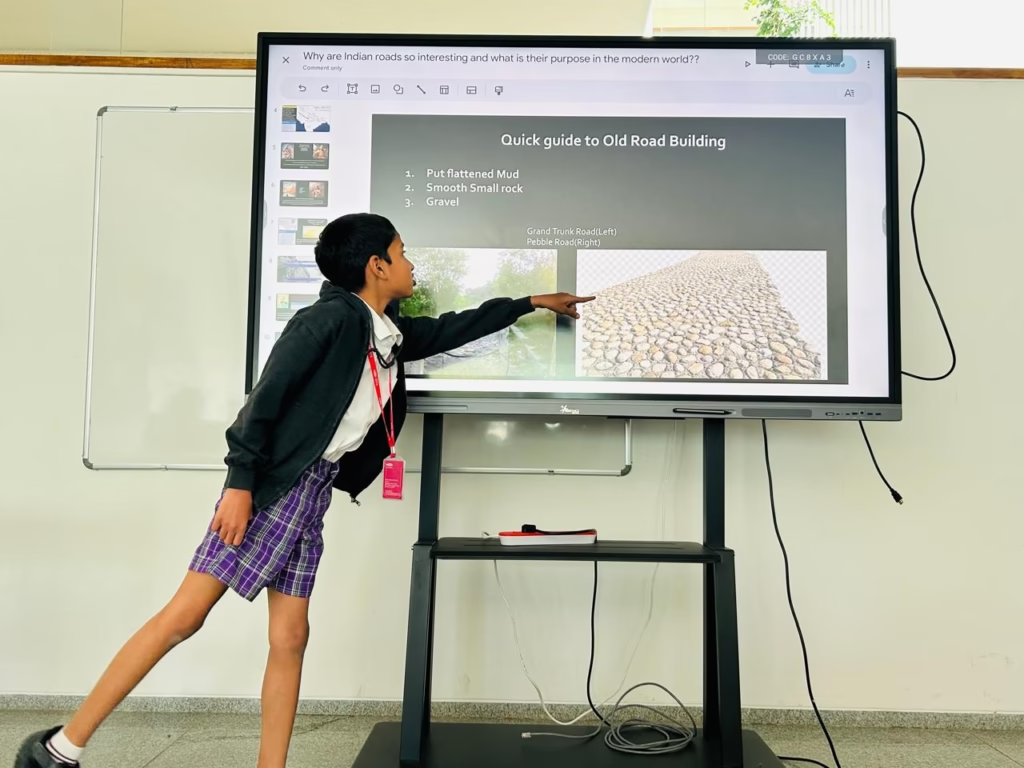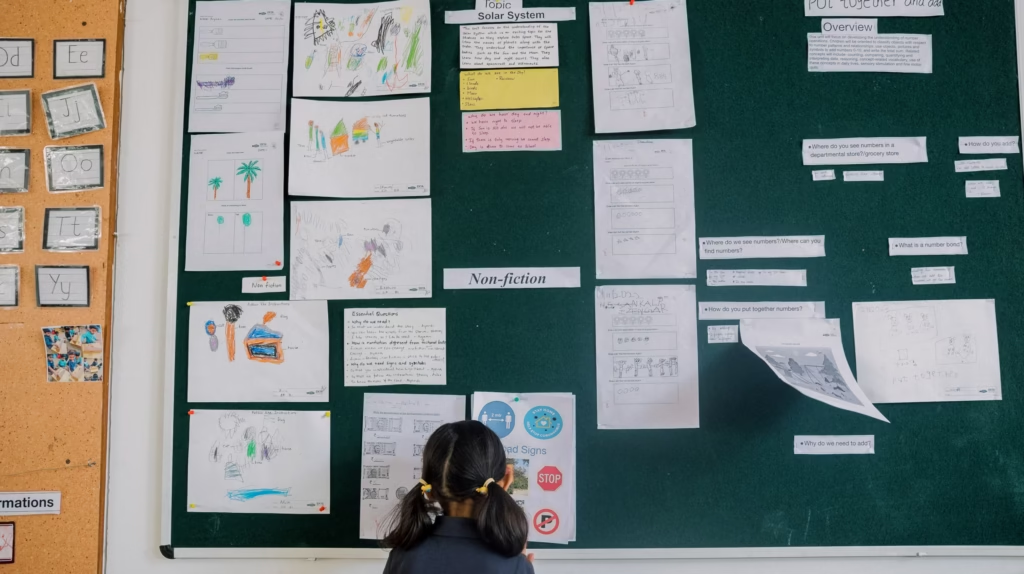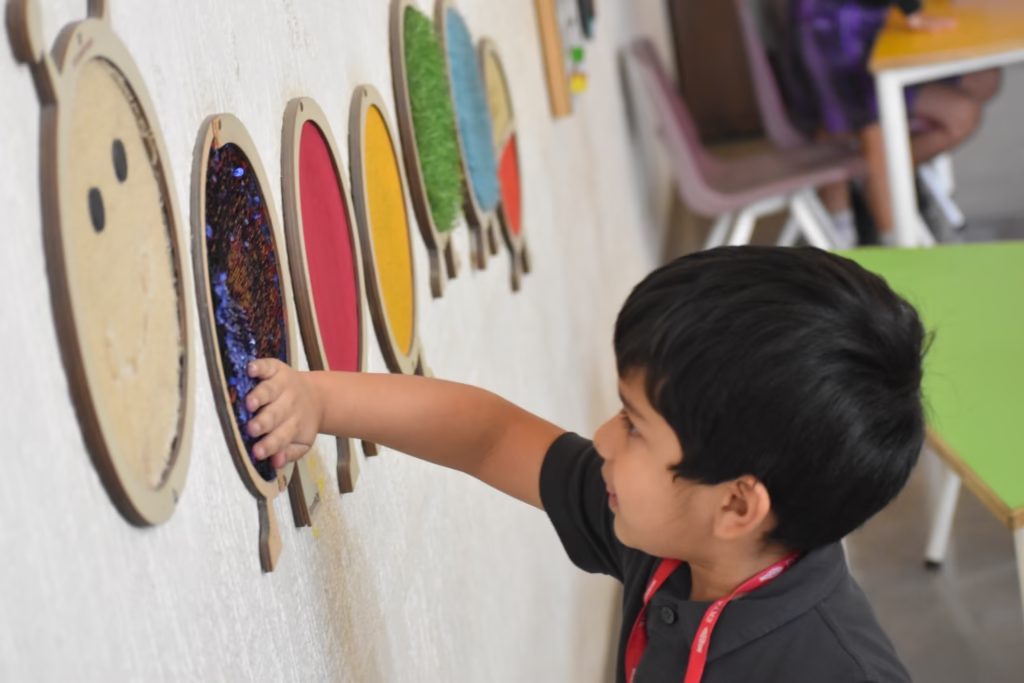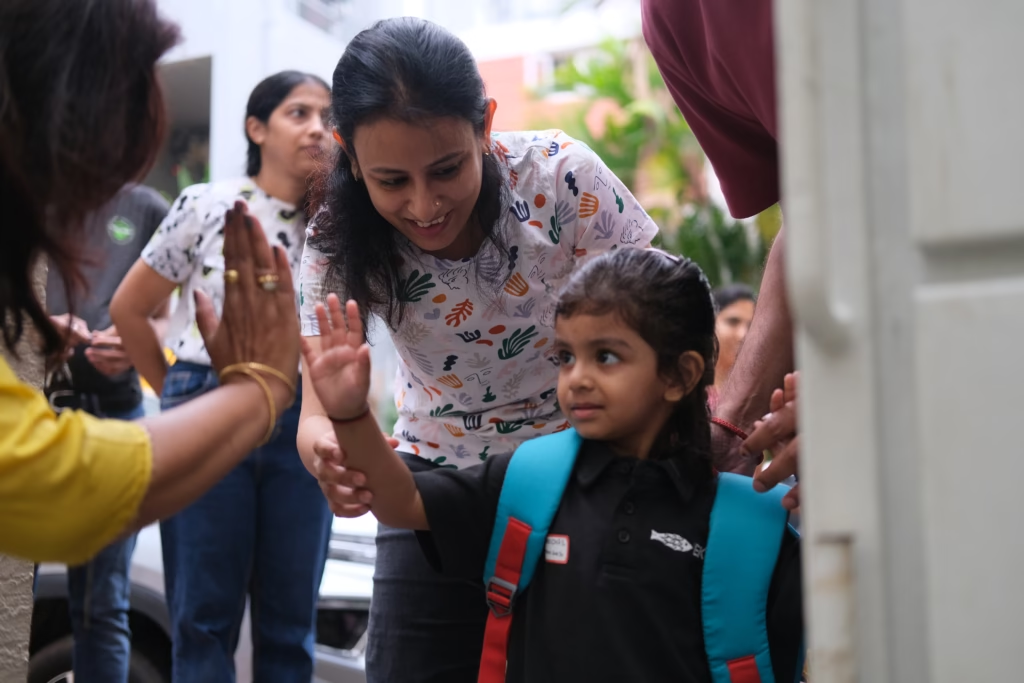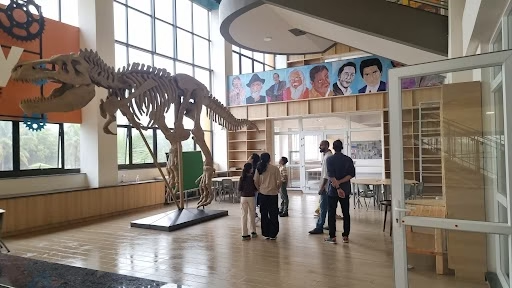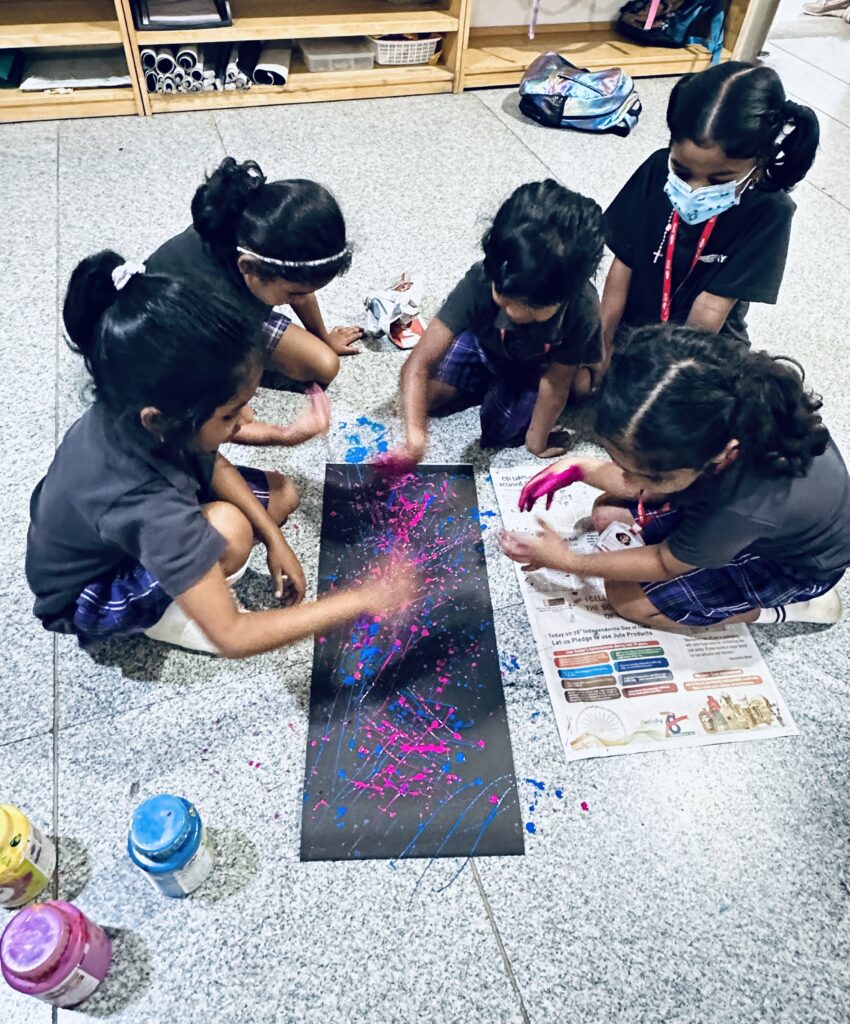The Joy of Journaling: How Writing Down Your Thoughts Can Help You Grow
A Seed of Reflection Journaling is like planting a seed in the fertile soil of your mind, where thoughts sprout and grow into a beautiful garden of self-discovery. Each entry is an opportunity to cultivate your feelings, dreams, and challenges, allowing you to nurture your personal growth. For students in international schools in Bangalore, journaling offers a unique way to connect with their inner selves. In the bustling corridors of these schools, young minds are encouraged to step back and reflect on their experiences. What if, instead of letting thoughts swirl chaotically, they could capture them on paper? This simple act of writing transforms confusion into clarity and anxiety into understanding. It invites students to explore their emotions and ideas, creating a space where they can be honest and vulnerable. Maya, a bright and curious student, was about to discover the joys of journaling. Little did she know that this practice would not only help her articulate her feelings but also ignite her creativity and strengthen her connections with others. Let’s join Maya on her journey as she explores the power of journaling in international schools in Bangalore and how it shapes her growth in ways she never imagined. Chapter 1: The First Steps into Self-Discovery As Maya put pen to paper, the words flowed like a gentle stream. “Today, I felt excited and nervous about my math test,” she wrote. Each sentence felt like a little piece of her heart being laid bare. Journaling became her mirror, reflecting her emotions in ways she hadn’t realized before. In Ekya Nava, journaling is often introduced as a part of the curriculum, helping students like Maya navigate the complexities of their feelings. Ms. Nair often reminded the class, “Writing helps us understand ourselves better. It’s a safe space where you can be honest.” Maya began to see journaling not just as writing but as a way to communicate with herself. She wrote about her joys, her fears, and the little moments that made her day special. “I laughed with my friends during lunch,” she noted one day. “It felt good to be connected.” In the bustling corridors of these schools, young minds are encouraged to step back and reflect on their experiences. What if, instead of letting thoughts swirl chaotically, they could capture them on paper? This simple act of writing transforms confusion into clarity and anxiety into understanding. It invites students to explore their emotions and ideas, creating a space where they can be honest and vulnerable. Maya, a bright and curious student, was about to discover the joys of journaling. Little did she know that this practice would not only help her articulate her feelings but also ignite her creativity and strengthen her connections with others. Let’s join Maya on her journey as she explores the power of journaling in international schools in Bangalore and how it shapes her growth in ways she never imagined. Chapter 2: The Creative Spark As weeks passed, Maya discovered that her journal was more than just a record of her thoughts; it ignited her creativity. One afternoon, she decided to write a short story about a brave little fox who set out on an adventure to find the brightest star in the sky. With each word, she painted vivid pictures in her mind. In IGCSE schools in Bangalore, creative writing is often a vital part of the curriculum, and journaling enhances this experience. Maya’s classmates, too, began to share their stories, transforming their journals into treasure chests of imagination. “Writing is like magic,” her friend Anya said one day. “You can create worlds and characters that don’t exist anywhere else!” This sense of camaraderie blossomed in their classroom, where they exchanged ideas and inspired each other to explore new writing styles. Chapter 3: The Power of Reflection One rainy afternoon, Maya sat by the window, a cup of warm cocoa beside her. As she flipped through her journal, she noticed how her entries had evolved. She had written about her struggles with math, her attempts to understand a difficult concept, and her feelings of accomplishment when she finally got it right. “Writing helps me see how far I’ve come,” Maya thought, reflecting on her journey. In international schools in Bangalore, this practice of reflection is encouraged to help students develop emotional intelligence and resilience. Ms. Nair often explained, “When you write about your challenges, you empower yourself to overcome them.” That day, Maya decided to write a letter to her future self. “Dear Maya,” she wrote, “I hope you remember how brave you are. Keep believing in yourself, even when things get tough.” This simple act of writing a letter filled her with hope and determination. Chapter 4: Sharing the Journey As the school year progressed, Maya’s journaling became a shared experience. Ms. Nair introduced “Journaling Fridays,” where students could share their favorite entries if they felt comfortable. Maya was nervous at first but decided to read the letter she had written to herself. “I learned that it’s okay to be vulnerable,” she told her classmates, her voice steady despite her nerves. The room filled with supportive smiles and nods, and soon, others began to share their stories too. In IGCSE schools in Bangalore, this culture of sharing not only builds confidence but also strengthens the community within the classroom. Maya realised that journaling had connected her with her classmates in ways she hadn’t anticipated. They were all navigating similar challenges, and their shared stories created bonds that would last beyond the school year. Chapter 5: The Last Entry As the school year drew to a close, Maya sat down for one last entry. She reflected on her journey from a hesitant writer to someone who embraced her thoughts and feelings. “Journaling has taught me to believe in myself,” she wrote. “It’s my safe space, my creativity, and my guide.” Maya knew that this practice would stay with her long after she left school. In international schools in Bangalore, journaling is not just

